School Geography Trip to Morocco
Inspire your students with a school Geography trip to Morocco. School groups can learn about geography up close in the midst of Morocco’s dramatic mountain and desert landscapes on a Travelbound educational trip.
Highlights of a school Geography trip to Morocco
The cinematic beauty of Ait Benhaddou Kasbah
Camel safari and a night in the desert
The drama of Tizi-n-Tichka mountain pass
The oases of the Draa Valley
Sharnbrook Upper SchoolWe enjoyed the Atlas Mountains the most. The students found meeting a Berber family and experiencing local restaurants most inspirational.
Suggested itinerary
What's included
Recommended excursions
The range runs 1000km from the northeast Atlantic Coast across to northern Algeria. The mountains are home to the indigenous North African Berber group and a number of unique African animal species. Students have a chance to visit the earthen villages scattered across the valley sides, with traditional gardens terraced into the walnut groves below.
This mountain route through the High Atlas links Marrakech with Ouarzazate, reaching an altitude of 2,260m above sea level. What makes this pass so special is the range of Atlas environments experienced, from the barren peaks and Haouz plains to the verdant foothills of Oued Zat. Witness how the forces of nature have helped shape these mountains, offering an insight into the plate tectonics and fold mountain formation.
Despite its name meaning ‘no noise’ in the Berber language, its proximity to the Atlas Film Studios has created Hollywood traffic and is a regular stop for stars and filmmakers. Luckily the wide palm-fringed boulevards and desert crossroads have retained their peaceful atmosphere. Flanked by the High Atlas and Sahara the glowing town has a magical fee
Formed by the River Draa that flows from the high Atlas Mountains, down through the lower Anti Atlas ranges and a series of steep canyons of green and black rock. Astonishing oases stretch into the desert and students can visit the clusters of fortified villages – like small city-states they offer protection from nomads and are completely self-sufficient.
This is known as the gateway between the Sahara and the rest of the world. The desert sensation really kicks in here as distance and time are measured in camel days and the paved roads come to an end. A highlight of Zagora is the famous painted sign to Timbuktu. The town lies at the foot of Jebel Zagora and a pleasant climb to the top gives terrific views.
The World Heritage site of Ait Benhaddou is a fortified city on the old caravan route between the Sahara and Marrakech. The building has recently been restored but retains the atmosphere that has prompted its use in many films over the years, including The Sheltering Sky and Gladiator.
These are the largest film studios in the world, spanning 322,000 square foot of desert outside of Ouarzazate. The location was first used for David Lean’s 1962 epic Lawrence of Arabia and has gone on to provide the desert for many famous films. What makes this tour special is the old movie sets abandoned and decaying in the sands, including a huge prop jet plane.
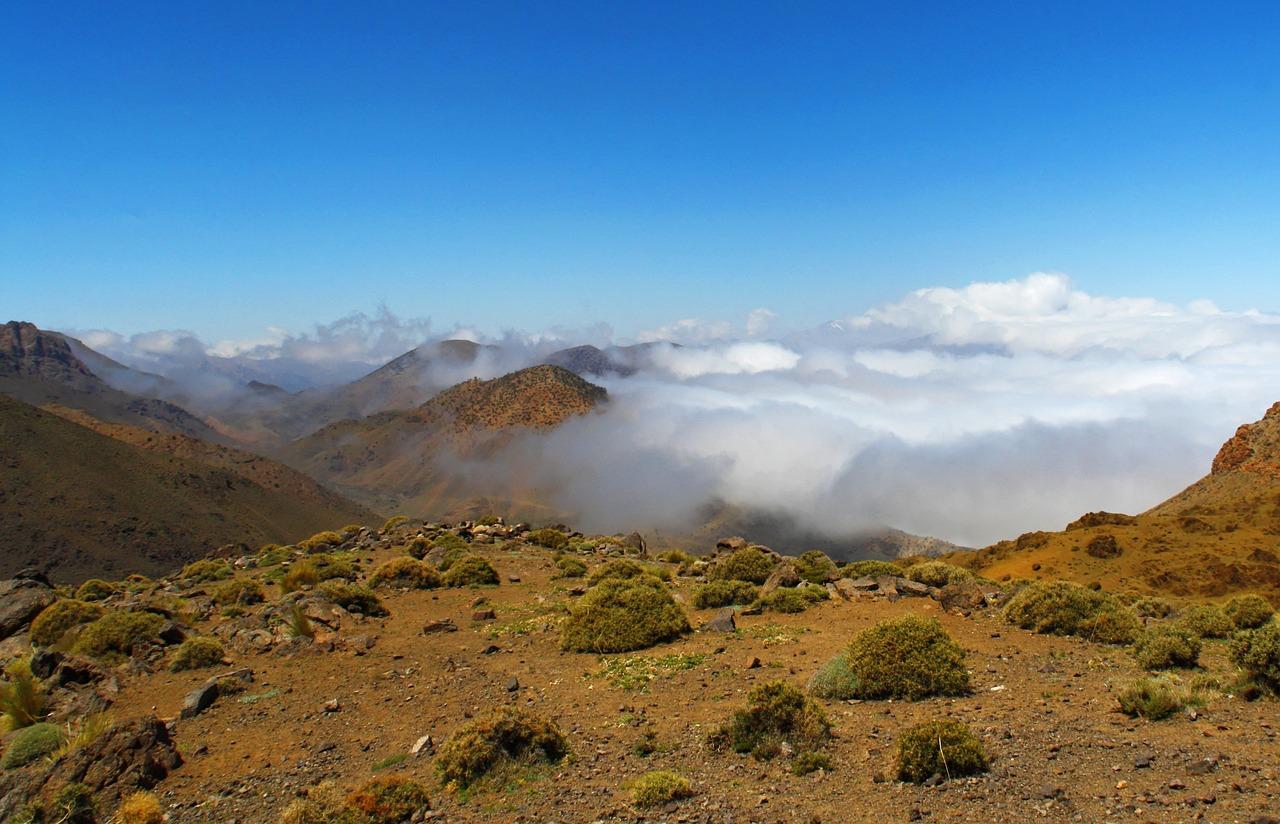
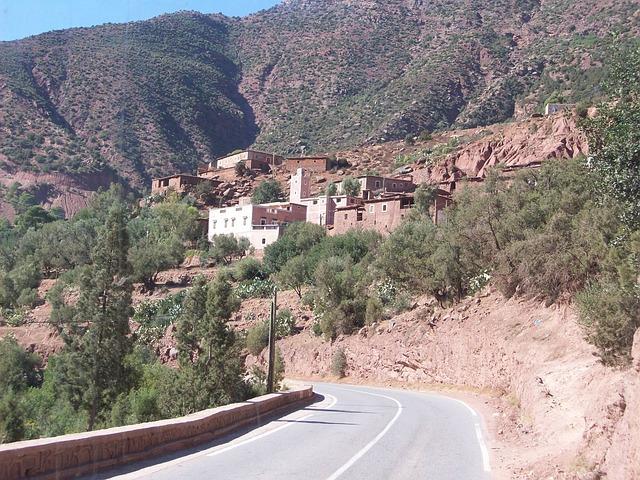
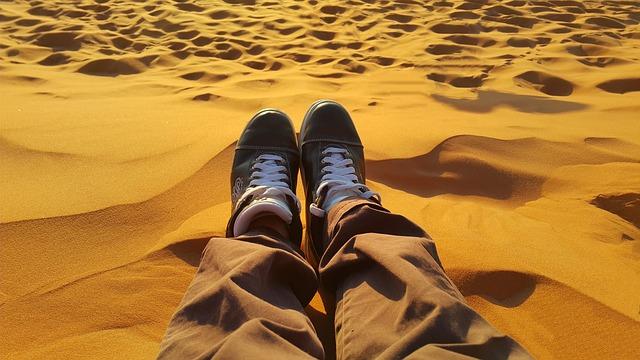
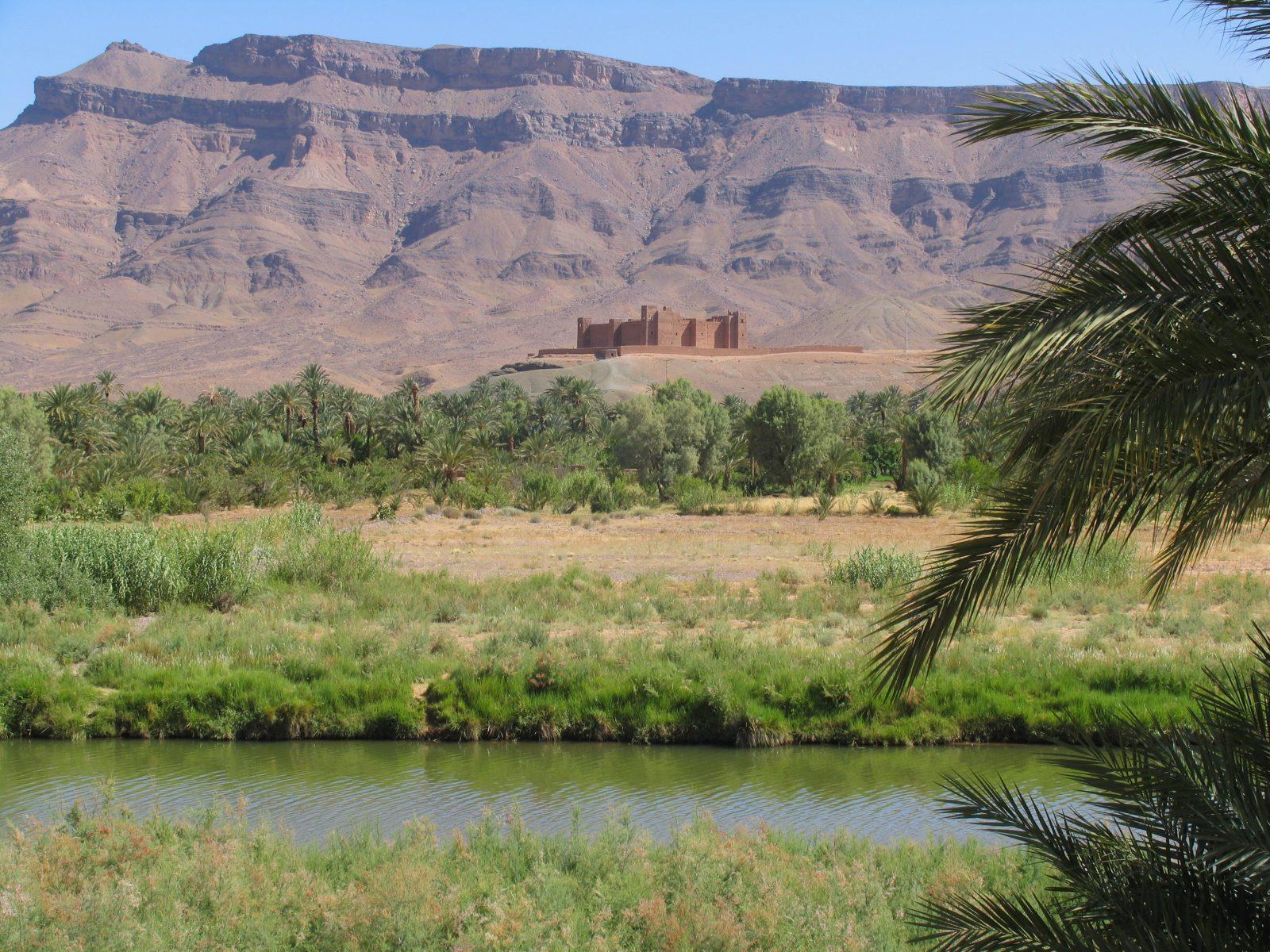
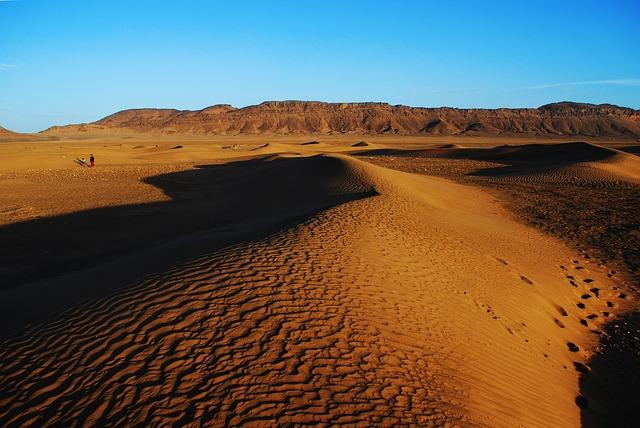
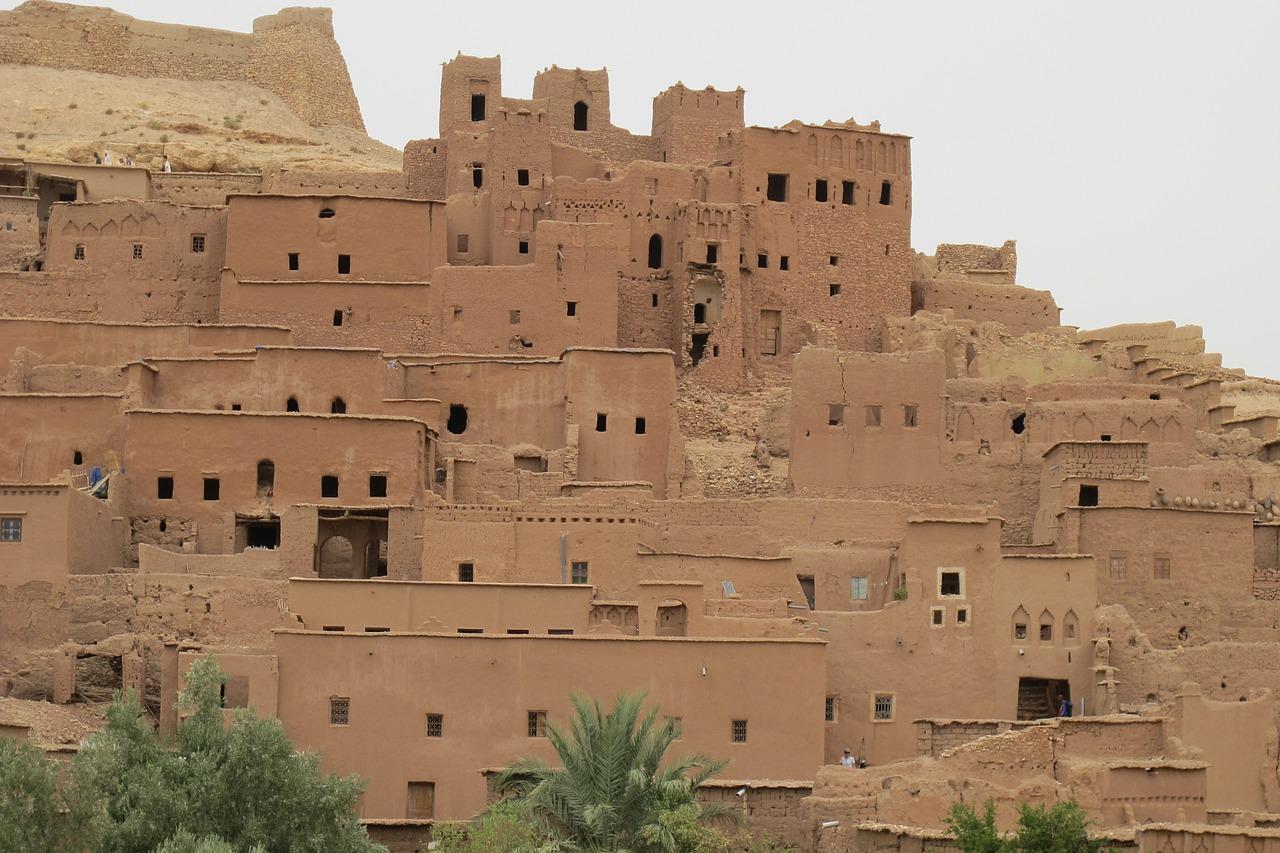
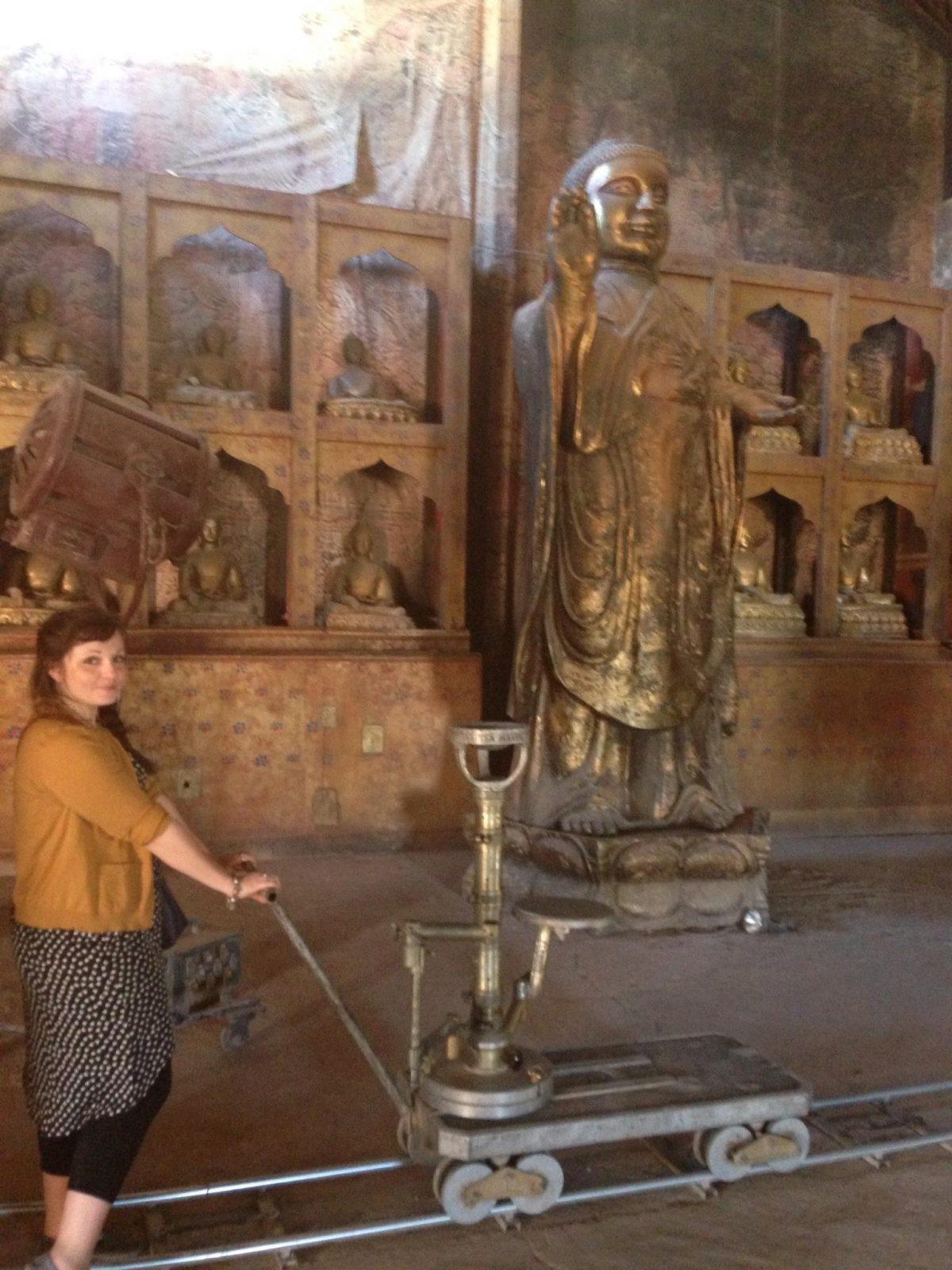
Typical accommodation

Learning outcomes
Subject focus
Students can:
- Study multi-faith communities and urban planning
- Study sustainable tourism and learn about the distribution of wealth
- Learn about water resource management and agriculture in an arid environment
- Learn about uplifted sedimentary strata, flash floods and erosion
- Study nomadic farming and oasis communities
- Learn about plate tectonics and fold mountain formation in the High Atlas Mountains
Student outcomes
Students will have had an opportunity to:
- Observe geographical phenomena, both human and physical, first-hand
- Understand the effects of environments on lifestyles and vice versa
- Broaden their out-of-classroom geographical experience
- Develop relevant fieldwork and geographical enquiry skills
- Camp in the desert and ride on a camel
Related tours
Embark on a tailored school Geography trip to Costa Rica and experience a range of stunning sights and exciting excursions. From the forested slopes of its volcanoes to the coral reefs found on both coasts, students will soon learn that Costa Rica is one of the most biologically diverse nations in the world.



